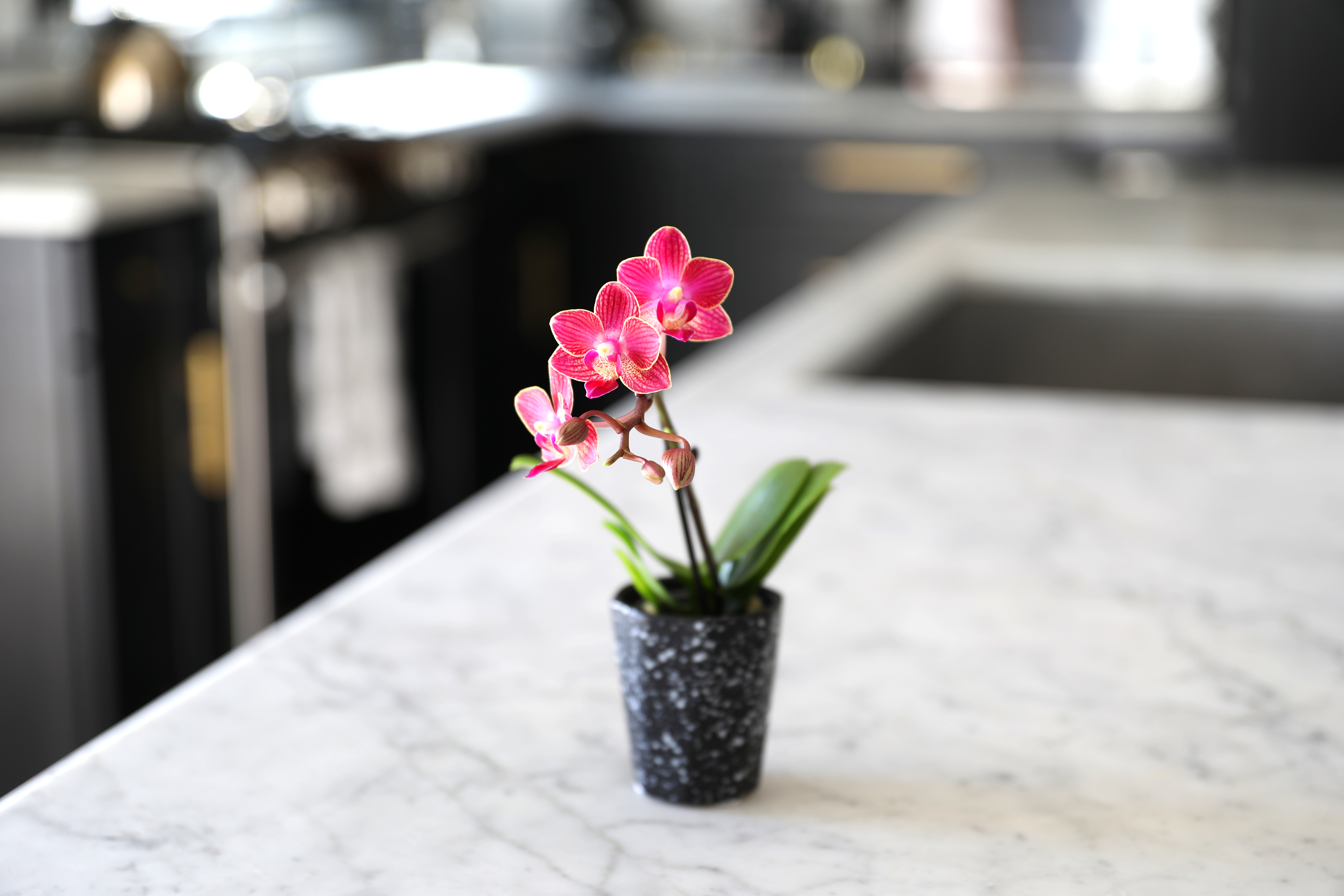Don’t Make These Common Orchid Care Mistakes
It’s a claim you’ve heard us make countless times: orchids are easy to care for. And it’s true — they are! Yet even the lowest maintenance plants can lead to care mistakes. While some orchid care mistakes are minor and won’t affect the overall health of your plant, others could be damaging to growth and reblooming. Even worse, some mistakes can be lethal to your orchid.
That’s why today, we’re going to look at the four most common orchid care mistakes, so we can help you avoid them!
Overwatering your orchid
Perhaps the most common mistake orchid owners make is overwatering. Unlike many houseplants that need frequent watering, orchids only need a small amount of water each week. Don't soak your orchid, because it will cause the roots to potentially get mushy and lead to root rot.
Luckily, if you do think your orchid is suffering from overwatering, it might not be too late. Often, simply letting the roots dry out can solve the problem, but if that doesn’t work, you can remove the damaged areas and repot your orchid once it finishes blooming.
Under-watering your orchid
Even though orchids need minimal water, it is still possible to underwater them too. You’ll know if your orchid hasn’t been getting enough water if the roots become gray and shriveled instead of green and plump. A very dehydrated orchid may start to lose buds before they open or experience yellowed leaves.
Try and set a schedule to help remind yourself to water your plant the same day each week, which can help ensure your plant is getting the exact right amount of water and won’t get over OR under watered.
As a reminder vibrant green roots are healthy and do not need water yet, silvery green roots are healthy and ready for water. Black, dark brown, and mushy roots are rotting. Tan and shriveled roots are dehydrated. Silvery green roots that are shriveled are partially dehydrated. You should wait until all the roots throughout the pot are silvery-green (but still plump) before watering again.
Lack of Light
Orchids thrive in bright, but indirect light, but some orchid owners are so worried about the “indirect” aspect that they don’t expose their plant to enough light. Just like the proper amount of water is a delicate balance, too much or too little light can cause problems. Overexposure can cause dehydration and sunburn, while lack of light can cause your plant to lose flowers too soon.
Ideally, you should display your orchid in a room that receives lots of natural light, but not directly in a window. However, if you are set on putting your orchid on a windowsill, choose a window that is north and west-facing to ensure the least direct sun exposure. You can also place your plant in front of a window but use a sheer curtain to filter out some of the stronger sunlight.
Low Humidity
Unless you live in a very dry climate, keeping a decent humidity level shouldn’t be an issue for most homeowners. However, low humidity can cause problems during the winter, leading to wrinkled leaves and buds falling off prematurely. Keep in mind that since orchids are tropical plants, they need the humidity in their environment to be kept between 55 and 75 percent.
If you need to increase the humidity level for your orchid, try misting the leaves, or running a humidifier in the same room you keep your plants. Also, try and keep them away from vents and drafts, as that will continue to dry out the plant, even in more humid rooms.
Now that you’re aware of these common mistakes, you can take steps to avoid them — ensuring your orchid stays happy, healthy and thriving.








